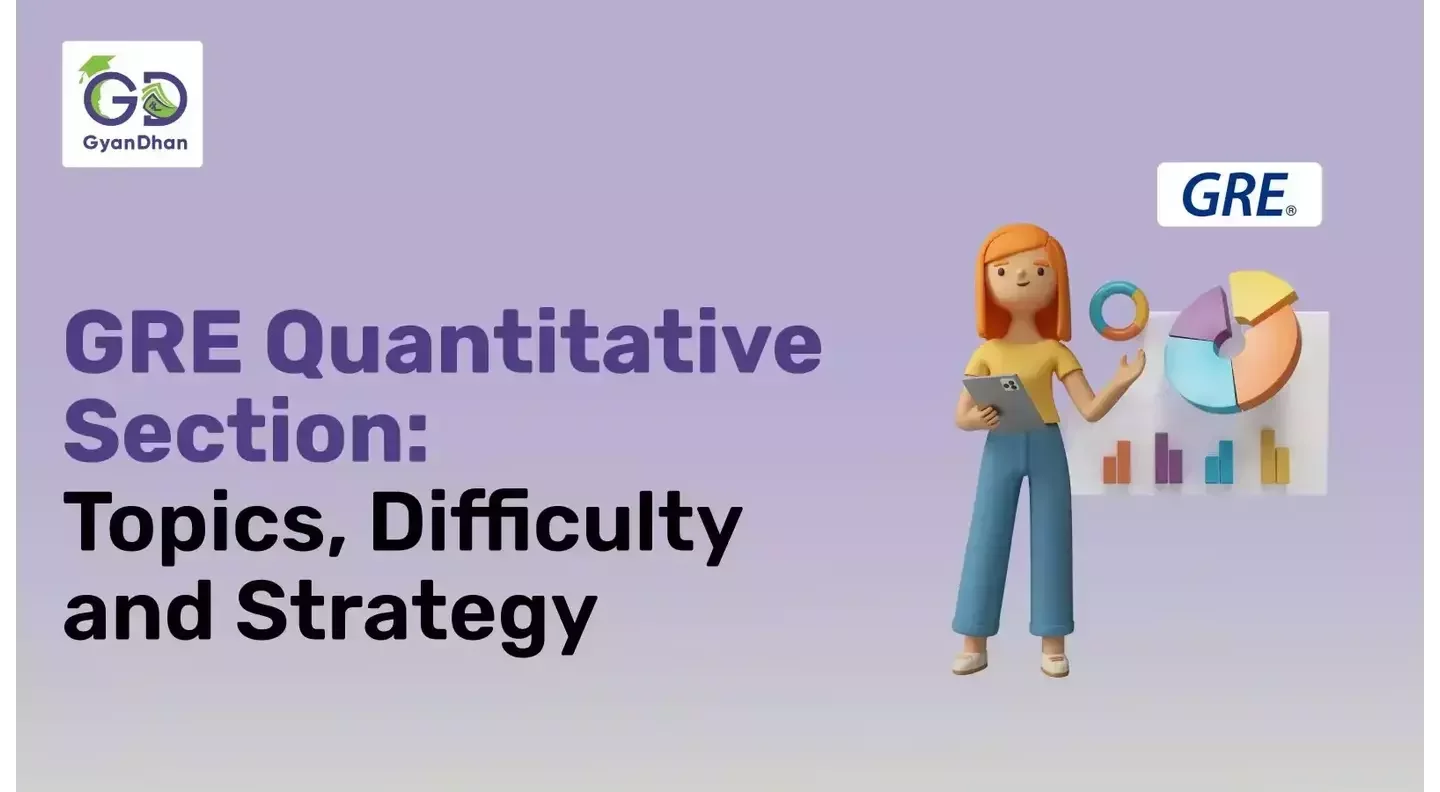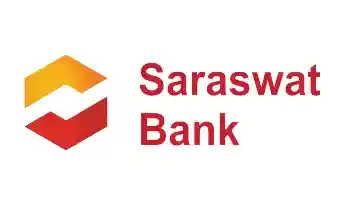Get instant loan offer suitable to your profile !


On this Page:
Understand GRE Quant topics, question types, difficulty & smart strategies. Practice with mocks & learn how to excel.
In this article, we will discuss about the quantitative reasoning sections of the GRE exam. At first look, you find them challenging, but with regular practice, discipline and understanding of GRE exam topics, exam format and strategies, you can easily score well in these sections. We will break it down for you so that you know exactly what to expect. Stay with us till the end, because we have some great news waiting for you at the end.

The GRE Quantitative Reasoning section checks your understanding of basic math skills, elementary mathematical concepts, and your ability to reason quantitatively and solve problems using simple mathematical models. You do not need advanced math to do well. Most of the questions are based on high school-level math: arithmetic, algebra, geometry, and data analysis.




Questions are a mix of standalone and data interpretation sets. Based on your performance, the section difficulty level adapts.

The following are the main topics covered in the GRE quantitative section:





Here is an example:
Question: A car travels the first 60 miles of a trip at 30 miles per hour and the remaining 120 miles at 60 miles per hour. What is the average speed of the car for the entire trip?
Solution: Time = Distance/Speed
First part: 60/30 = 2 hours
Second part: 120/60 = 2 hours
Total time = 4 hours,
Total distance = 180 miles
Average speed = 180 / 4 = 45 miles/hour





Here is an example:
Question: If x^2 - 5x + 6 = 0, what are the possible values of x?
Solution: Factor: (x - 2)(x - 3) = 0 → x = 2 or 3





Here is an example:
Question: A triangle has sides of lengths 7, 24, and 25. Is it a right triangle?
Solution: Check Pythagorean Theorem: 7^2 + 24^2 = 49 + 576 = 625; 25^2 = 625 Yes, it's a right triangle




Here is an example:
Question: The average (arithmetic mean) of five numbers is 12. If one of the numbers is 18, what is the average of the other four?
Solution: Total of five numbers = 5 * 12 = 60 Total of other four = 60 - 18 = 42 Average of four = 42 / 4 = 10.5

Let us understand the question types of GRE quantitative section:
You will compare two quantities (Quantity A and Quantity B) and decide which is greater, or if they are equal.
Here is an example:
Quantity A: (3^4)(2^3)
Quantity B: (6^3)
Solution: A = 81 * 8 = 648; B = 216 → Quantity A is greater
Only one answer is correct.
There may be more than one correct answer. You must select all those answers that are correct.
You type in your answer. No choices given.

The GRE Quant section is considered moderately difficult. However, the questions seem tricky, but they are designed to test how well you can apply concepts under time pressure. Some questions are simple and direct. Others are wordy or require multiple steps. The key challenge is time management and accuracy. Now, let us see some of the challenges of this section:





First thing is, you do not have to be a math genius to crack it. You just need the right approach in a time-bound manner. Here are some proven strategies:
Make sure you have a solid grasp of foundational math. This includes:




Time saving can be one of your effective tactics when it comes to the GRE quantitative exam. Practising mental math helps you save time on many calculations. You can also practice Vedic maths to speed up your calculations. Use estimation techniques where possible.
Learn what each question type wants. For example, in quantitative comparison, never assume based on the appearance of the question. Check values if required, but make sure you do not waste time doing so.
Eliminate those answers that are definitely wrong. In multiple-choice questions, this increases your odds of guessing right and saving time. Give multiple mocks to get habituated to this practice.
If the problem is abstract, use real numbers. It often simplifies things, and you get the same result, had it were abstract.
Spend no more than 1.5 to 2 minutes on a question. Flag it and move on if needed. Come back later if time allows. Do not take the problem to your heart and ego, as it will only hurt your scores.
Only giving tests and not working on the feedback is nothing but a waste of your precious time. You can review by asking these simple questions:



Making mistakes is normal, but not learning from them is a huge error on your part. Always learn from each mistake and keep improving yourself.
Now, time for some great news as we promised. Whether you score high or low on the GRE, you can still win financial help. Check out the GyanDhan Scholarship, a no-barrier scholarship that awards up to INR 5,00,000 to four deserving students each year. The following are the features:



Apply now and don’t miss the chance to reduce your study abroad expenses!
The GRE Quant section is all about smart preparation. You do not need to solve every problem with lightning speed. Instead, focus on:




With consistent efforts and regular practice, you can improve your confidence and your score. Take as many full-length, timed practice tests as possible to simulate real exam conditions. This builds stamina and helps you identify weak spots. But always remember to work on feedback.
Good luck to you!

No, you do not have to be an expert in maths to crack the GRE quantitative reasoning. The GRE Quantitative section tests high school-level math concepts. With consistent practice and smart strategies, you can excel in this section.
Yes, an on-screen calculator is provided for the Quantitative Reasoning section. However, we recommend that you practice mental math, which is faster and time-effective.
The GRE Quant section is scored on a scale of 130 - 170 in 1-point increments. Both sections contribute to your final quant score.
Take full-length mock tests under timed conditions, solve practice problems daily, and analyse your mistakes to avoid repeating them.
Start with the official ETS materials like PowerPrep, then move on to platforms like Magoosh, Manhattan Prep, and GregMat. They offer topic-wise drills, timed quizzes, and full-length tests for better preparation.
Check Your Education Loan Eligibility

Ask from a community of 10K+ peers, alumni and experts
Trending Blogs
Similar Blogs

Network with a community of curious students, just like you
Join our community to make connections, find answers and future roommates.. Join our CommunityCountry-Wise Loans
Best Lenders for Education Loan

ICICI Bank

Axis Bank

Union Bank

Prodigy

Auxilo

Credila

IDFC

InCred

MPower

Avanse

SBI

BOB

Poonawalla

Saraswat